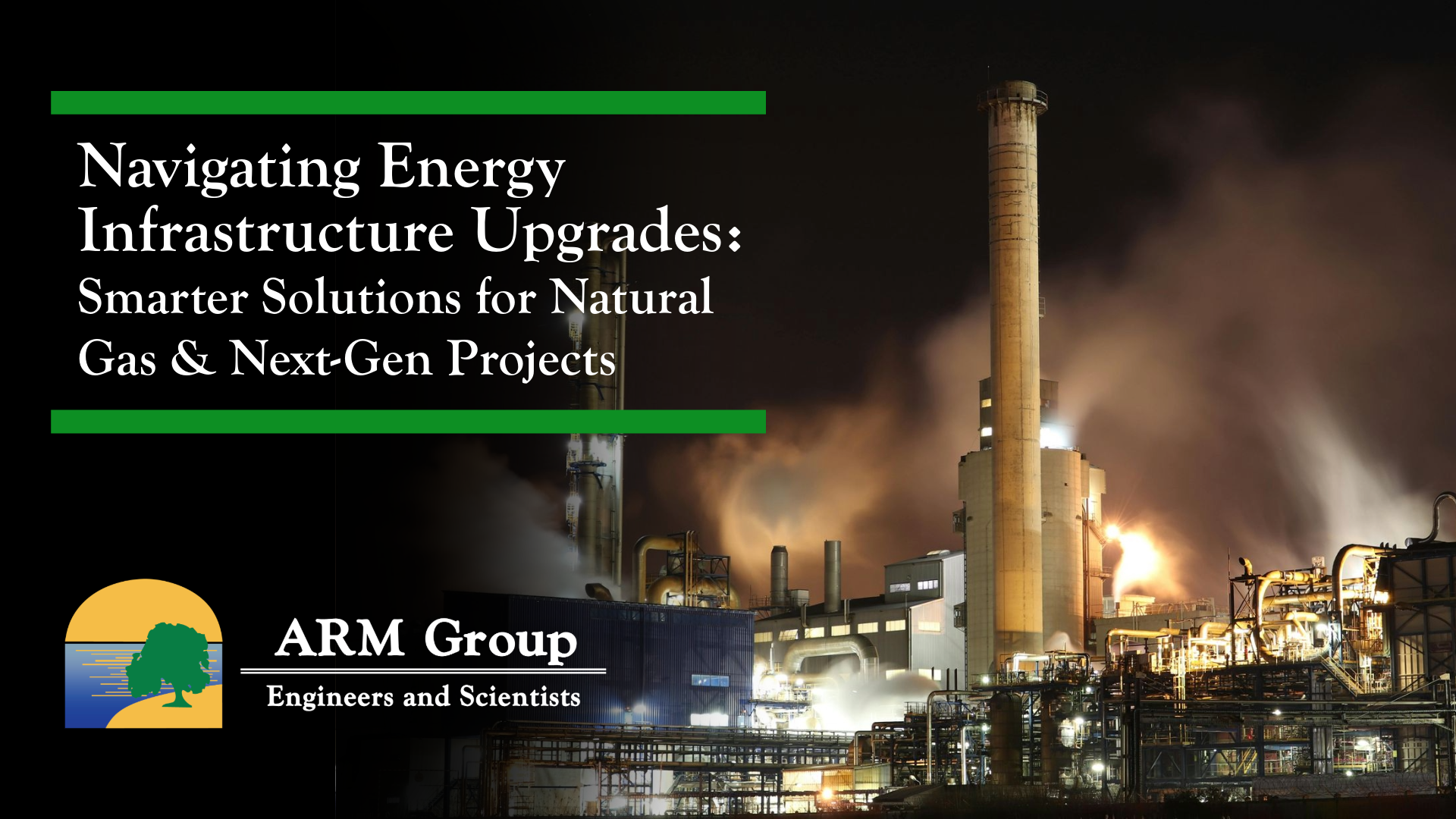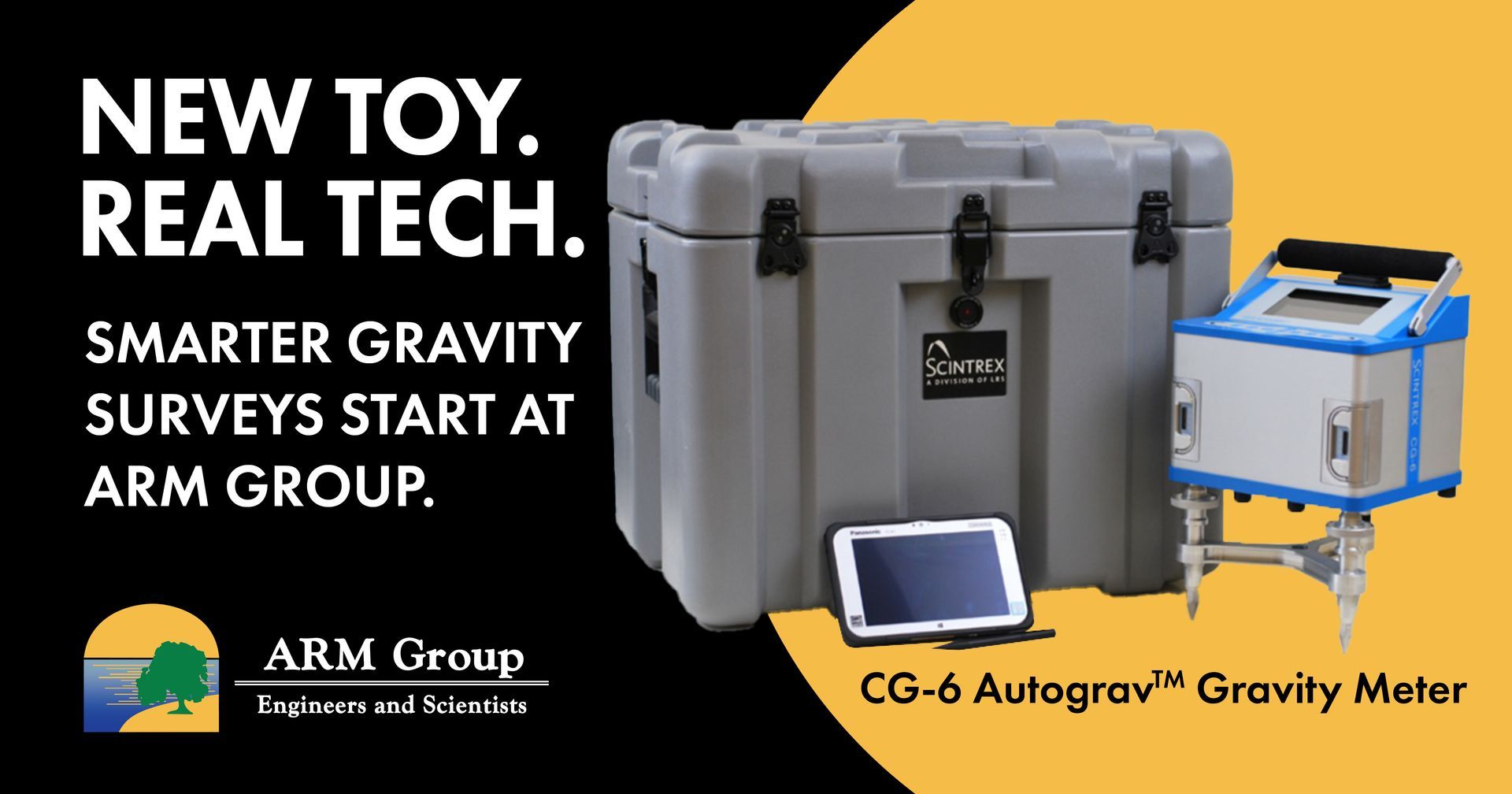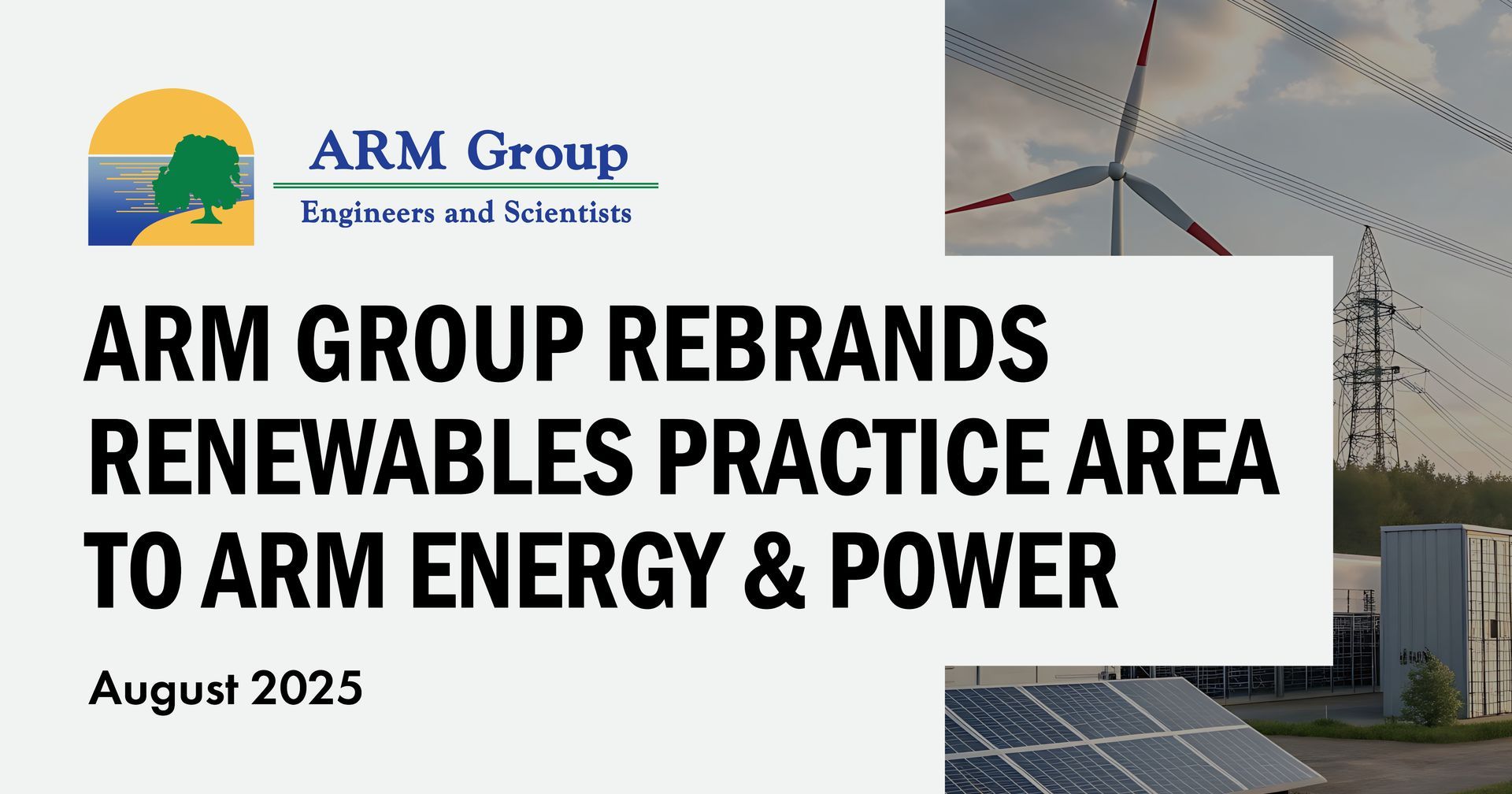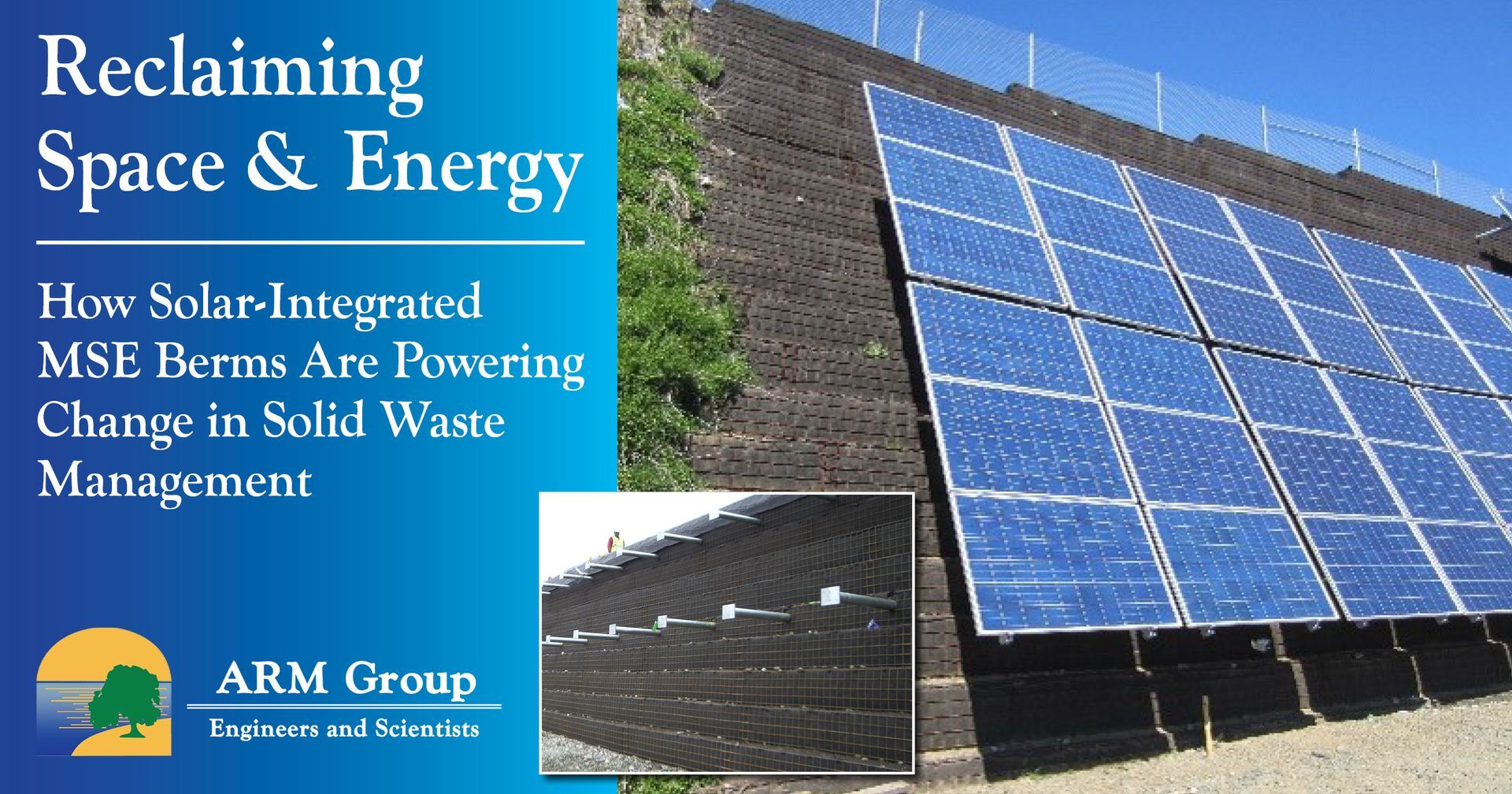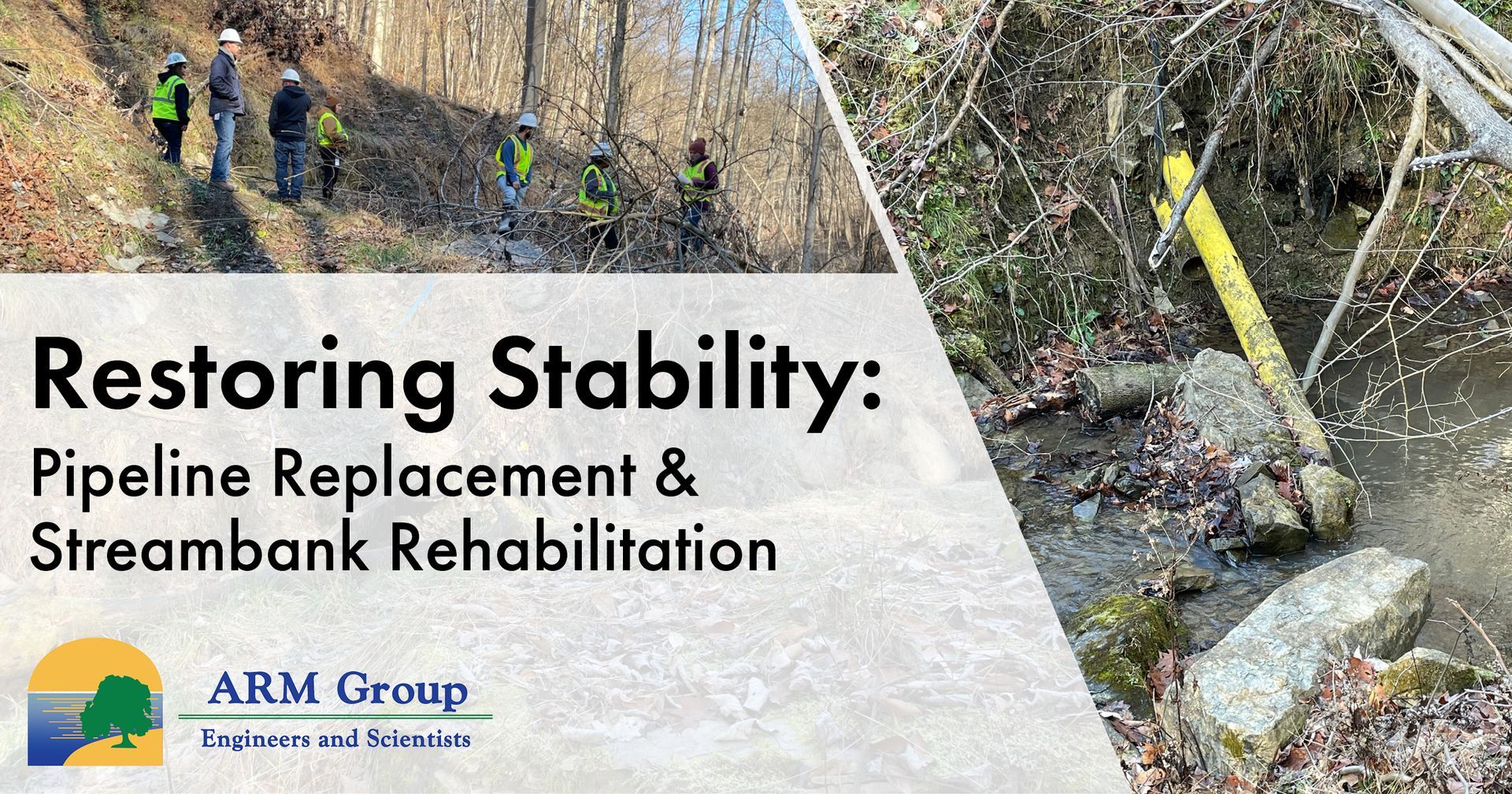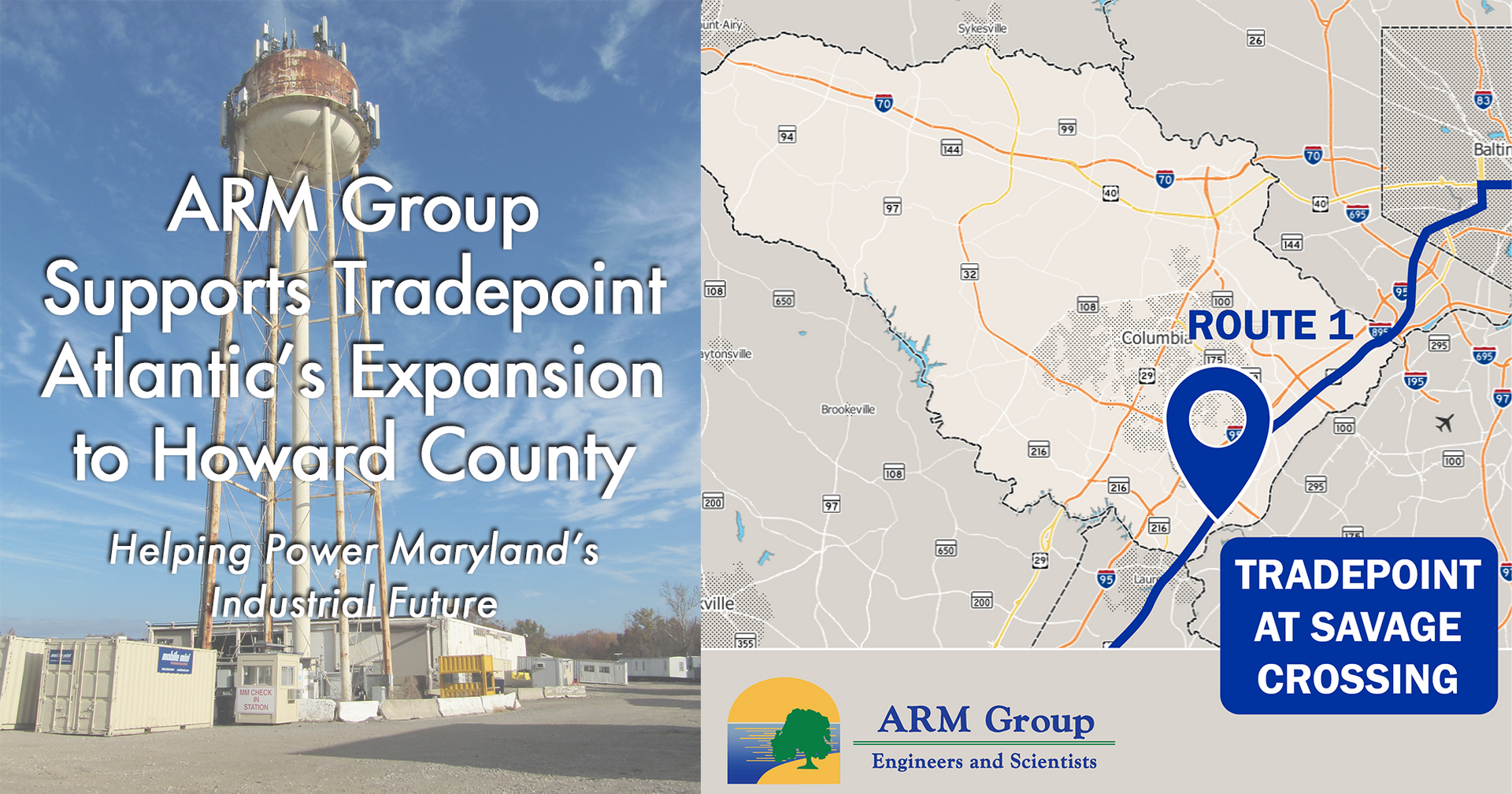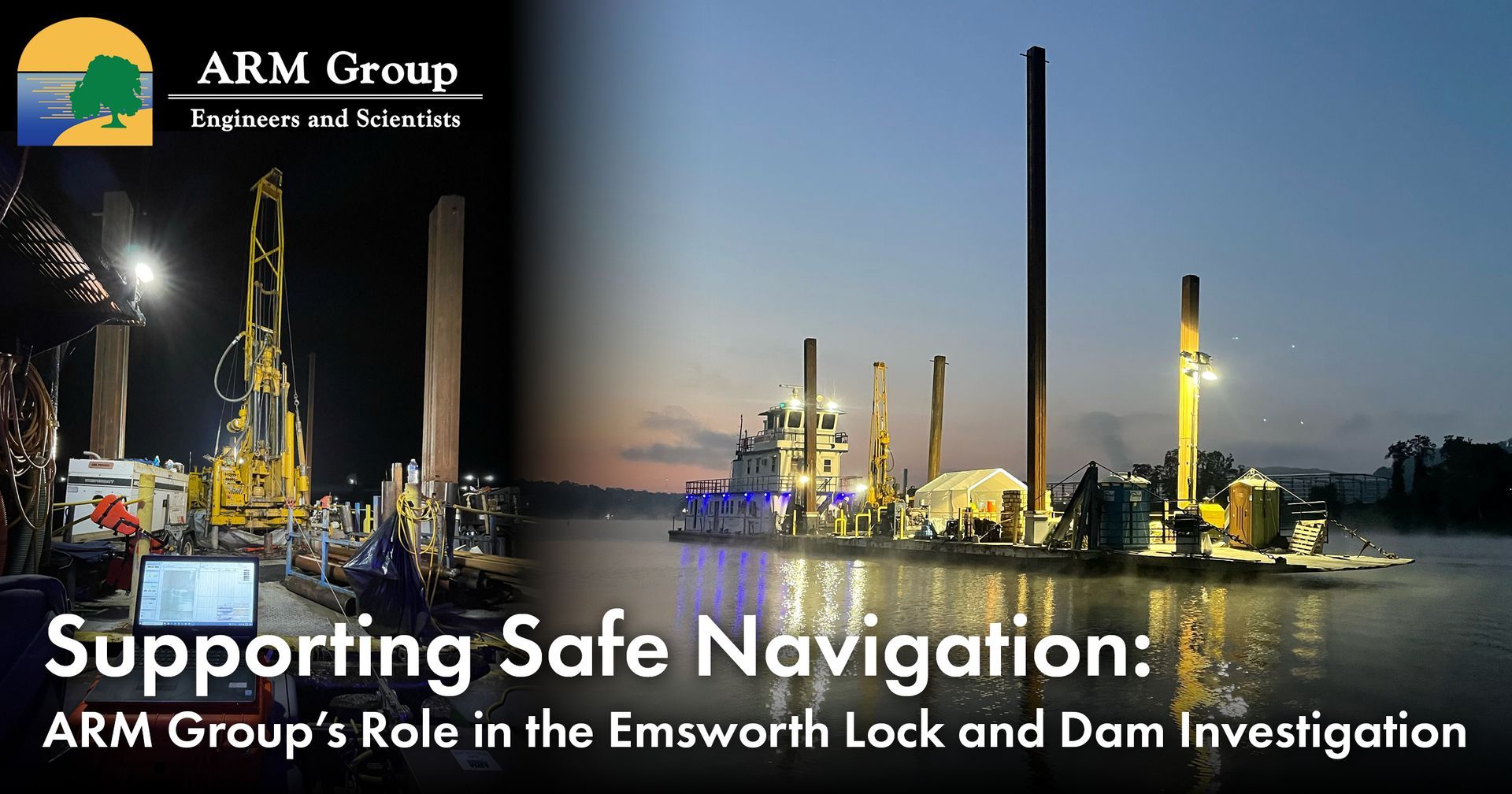ARM Enertech Associates Aids with Hurricane Sandy Recovery
One of the first test trains on Sunday, Nov. 11, passing by PATH Substation #8.
When Hurricane Sandy hit New Jersey and New York, the low-lying Port Authority Trans Hudson (PATH) rail system was devastated by flooding unlike anything seen in its 104-year history. This flooding of brackish sea water resulted in the disruption of four major PATH substations that supplied power to the rail system. Three engineers from ARM EnerTech Associates (AETA) were retained to help troubleshoot problems, oversee repairs, coordinate work across the four substations, and ultimately aid in the restoration of power to the rail system.
The repairs were started as soon as the water receded from the substations. Major equipment was underwater, including the Rectifiers that create the DC traction power for the trains, the DC Switchgear that distributes power to the tracks, the lead acid batteries that power the control systems and the protective devices and circuit breakers that keep the system operating. To add to the difficulties, there were fuel shortages and power outages throughout the region. AETA personnel worked extended hours, using generators powered by scarce fuel supplies, to help restore operations of the PATH rail system.
Despite the adverse work conditions, repairs proceeded quickly. After a week of round the clock repairs, the first test trains were run between Newark, New Jersey and 33rd Street in Manhattan on Sunday November 11th. The next morning, limited public rail service began from Newark to 33rd Street. Although the PATH rail system repairs are still ongoing, nine stations have been reopened, and AETA personnel continue to work to help restore operations to the four remaining inoperable stations.
Hoboken Station during the height of the storm. Photo from PATH security camera, posted to the Port Authority Twitter Feed.




